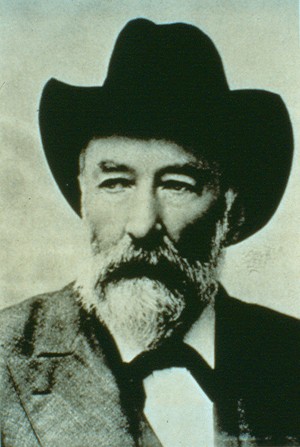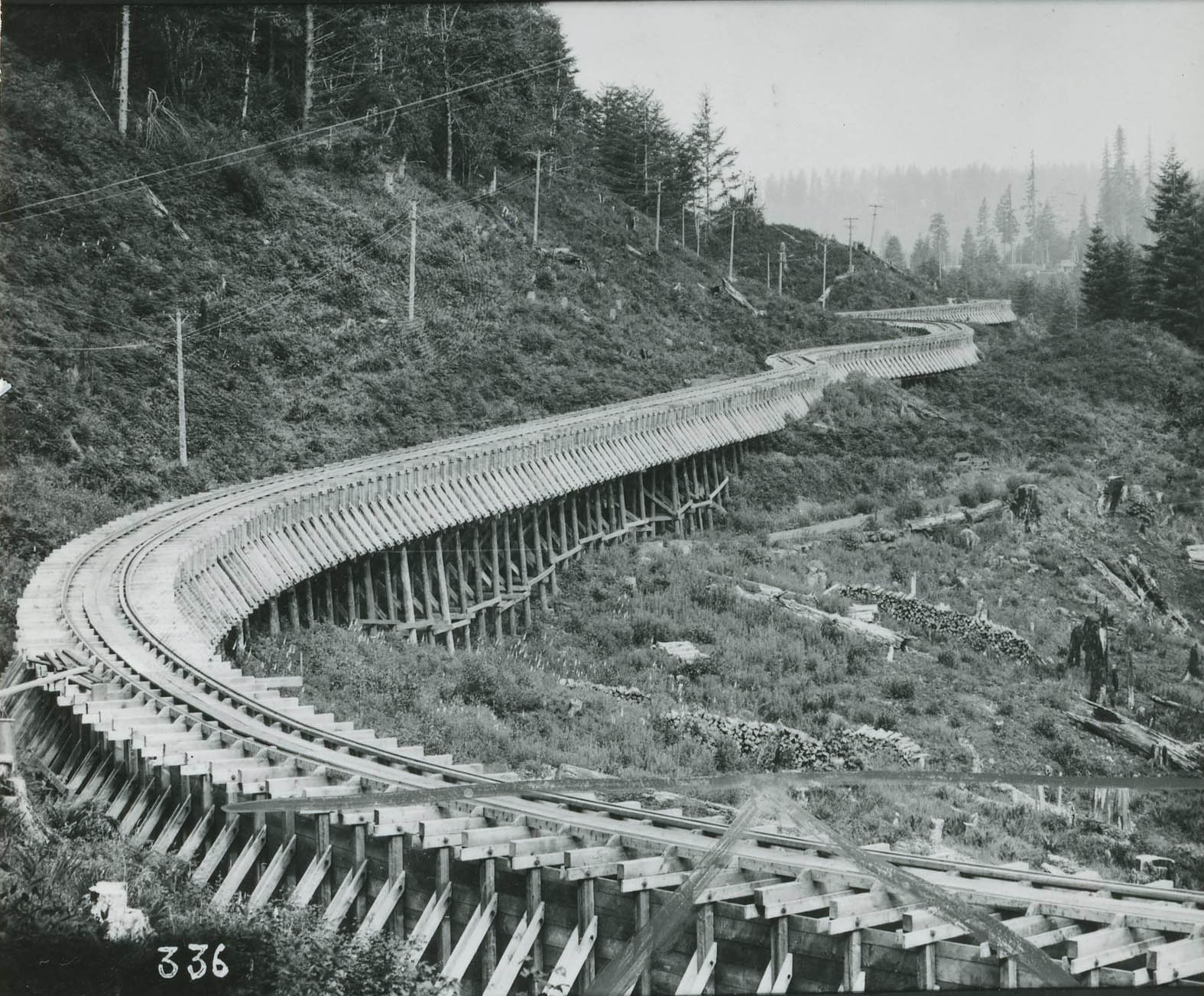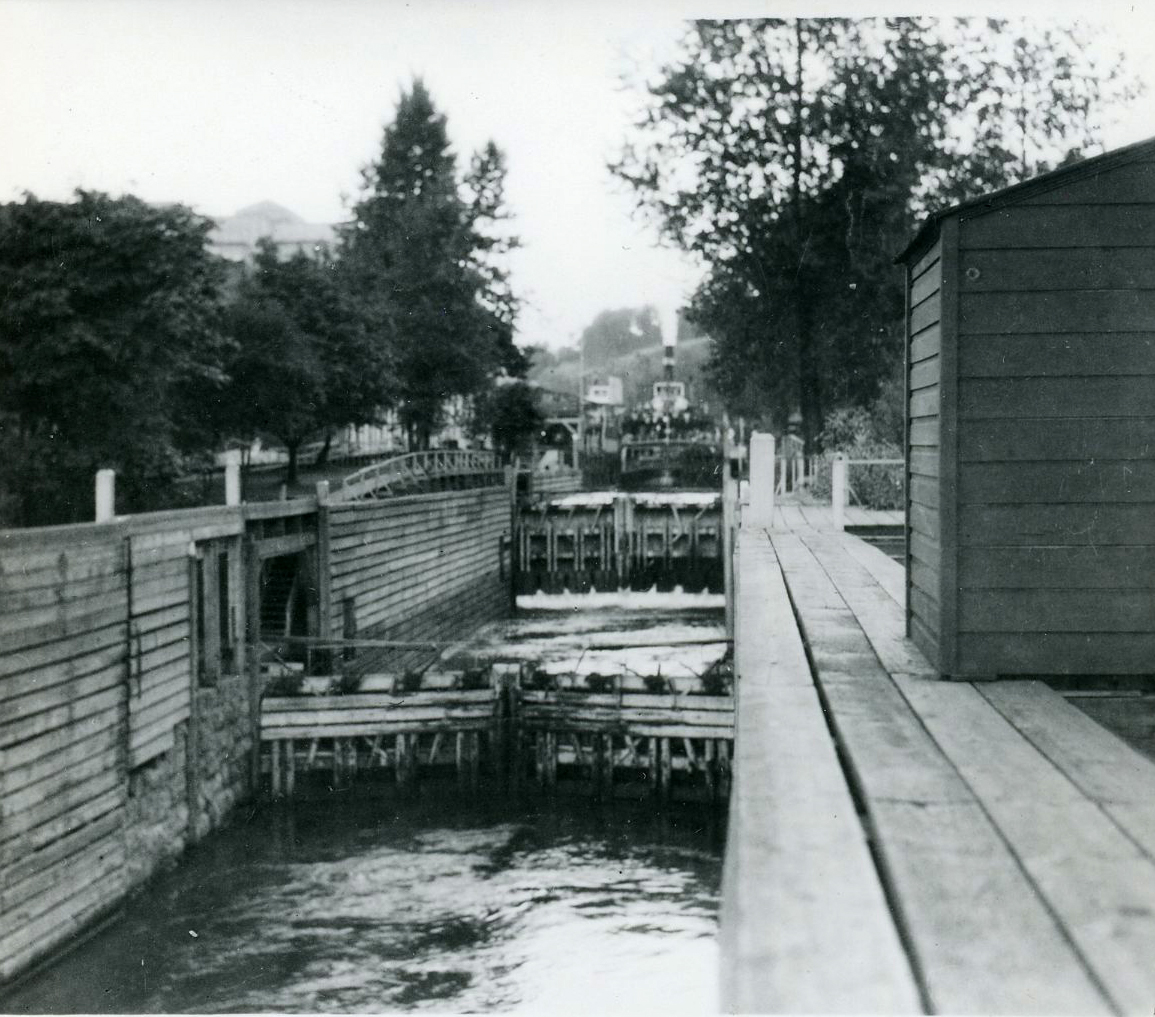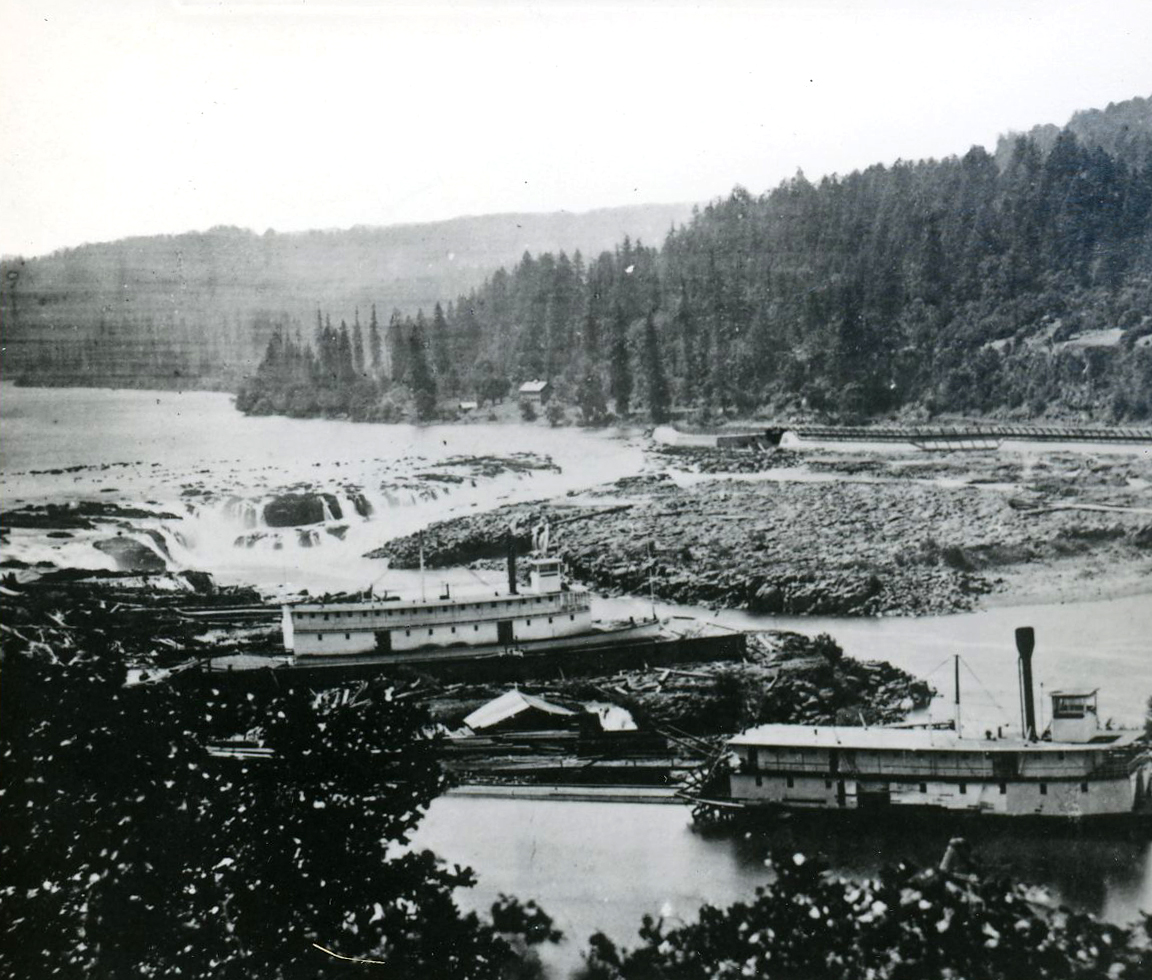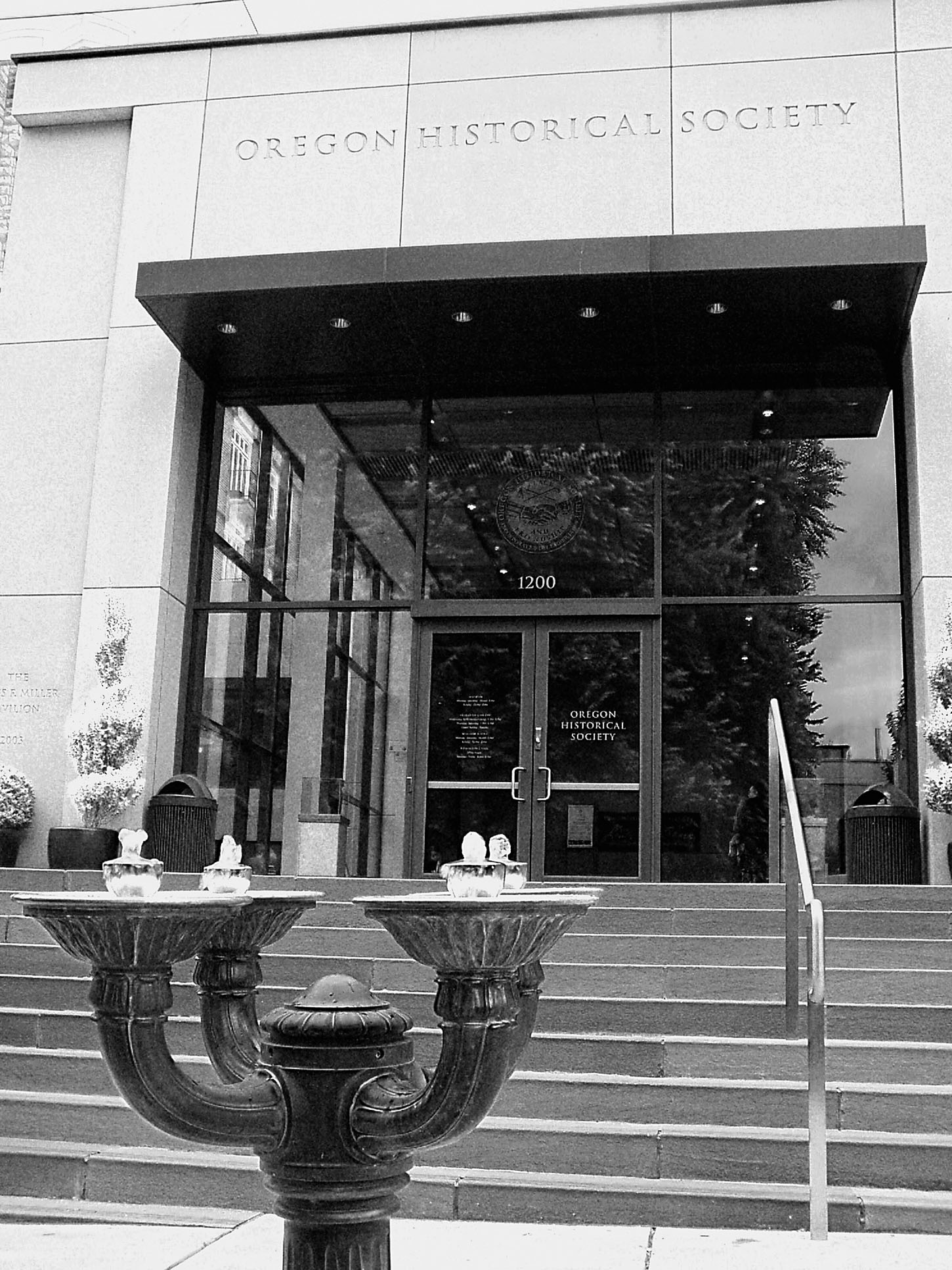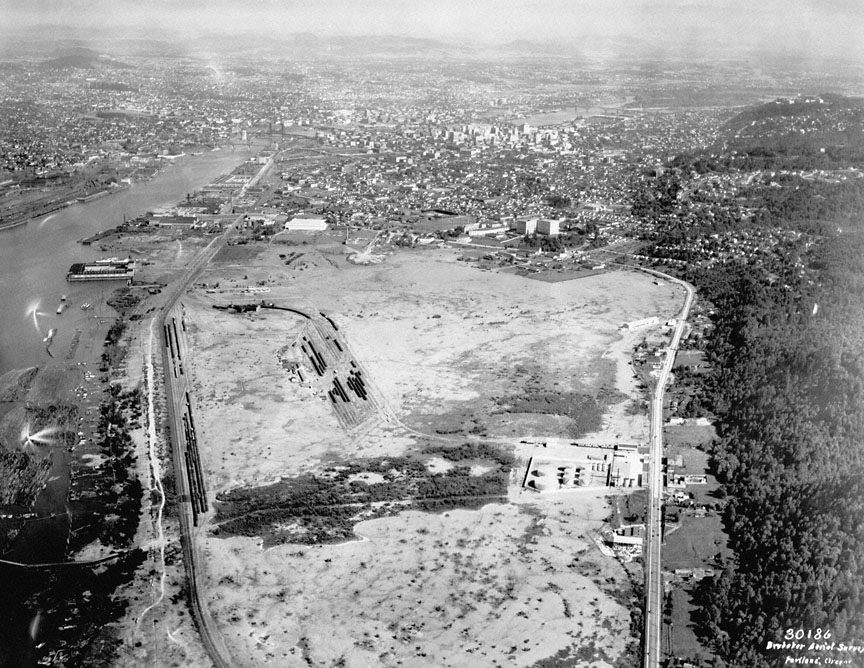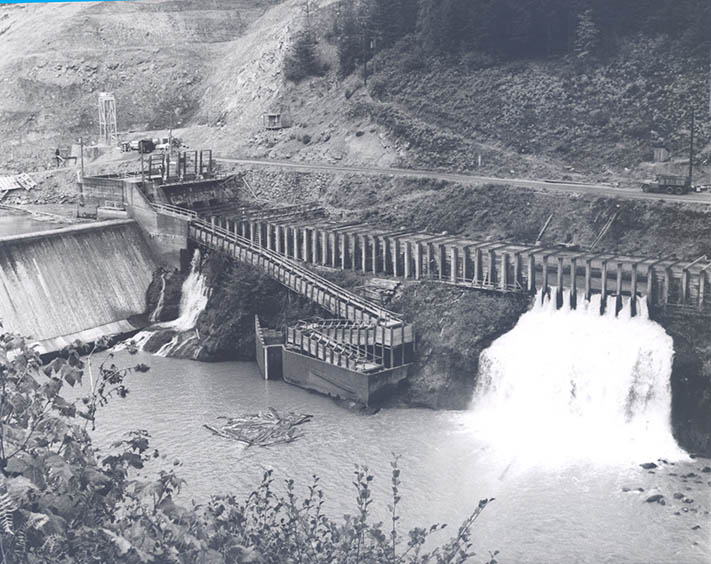Isaac Williams Smith—a surveyor, explorer, and Civil War veteran—was known as the Father of Portland's Water System. He supervised the development and creation of the Bull Run, Mount Tabor, and Washington Park Reservoirs (the main water sources for the City of Portland), and engineered the Willamette Falls and locks in Oregon City. His enduring contributions to Oregon and the City of Portland helped the region to prosper and develop economically and to keep a clean and unlimited source of drinking water available to the public.
Smith was born in Fredericksburg, Virginia, in 1826 to Ophelia Williams and George A. Smith, an Episcopalian reverend who founded a school for boys and was the editor of the Southern Churchman. Isaac graduated from the Virginia Military Institute in 1847. A second lieutenant in Company K of the U.S. Voltiguers, he fought in the Mexican American War and worked as an assistant engineer, astronomer, and surveyor, helping establish the borders between Iowa and Minnesota and the boundaries for the Cherokee and Creek tribes.
In 1853, Smith joined the U.S. Engineer Corps and was sent to the Pacific Northwest to conduct a survey for the Pacific Railroad for a possible transcontinental route. He also built lighthouses at Shoalwater Bay and Tatoosh Island in Washington Territory. During the Yakima War in 1855, Smith was aide de camp to Territorial Governor Isaac Stevens before being named lighthouse agent and U.S. deputy surveyor general for Washington Territory. He was appointed register of the U.S. Land Office for Washington Territory in 1860.
After the Civil War broke out, Smith traveled back to Virginia in early 1862 and offered his services to the Confederate Army. As a captain in the Engineer Corps for the Army of Northern Virginia, he was in charge of pontoon bridges. He worked in Virginia for most of the war and played a critical role in the defense of Petersburg and the Confederate capital of Richmond. Smith surrendered with Robert E. Lee and the Army of Northern Virginia at Appomattox Courthouse on April 9, 1865.
In 1870, Smith found employment with the Northern Pacific Railroad, which sent him to Oregon City to direct the construction of locks and canals on the Willamette River and at Willamette Falls. The project linked the upper and lower river to allow for easier navigation and the transportation of goods. Smith, who was recognized as a skilled and detail-oriented engineer, finished the project in 1873, an expedient amount of time. It was “the oldest continuously operating multi lock system in the nation” until the Army Corps of Engineers closed it in 2011.
In 1881, as chief engineer for the Oregon Pacific Railroad, Smith was responsible for about sixty miles of railroad track from Yaquina Bay to Corvallis. He then spent two years in Tacoma, where as chief engineer for the Tacoma Light and Water Company he designed and built water and gas lines for the city.
Smith was named chief engineer and superintendent of the Water Committee for the City of Portland in 1885. He began work on his most significant project in Oregon in 1886, when the city commissioned him to devise a plan for a new water system: a feasible, clean, cost-effective source of water that the growing city could use for several generations and that did not suffer routine threats of pollution, as the Willamette River did. Smith selected a section of the Bull Run River, a tributary of the Sandy River in the foothills of Mount Hood. Located just twenty-six miles from Portland, the river collects rain and snowmelt year round.
Smith oversaw every aspect of the system’s construction, which began in 1893. The reservoirs, bridges, roads, and other infrastructure were created to move water downstream, completely by the use of gravity. The twenty-four miles of pipeline connecting Bull Run to the City of Portland were completed in 1895 at a cost of nearly $3 million (about $86.5 million in 2015 dollars). The water flows into the Mount Tabor and Washington Park Reservoirs, which Smith also designed.
Isaac Smith never married or had any children. He contracted pneumonia in late December 1896 and died in Portland on New Year’s Day 1897; he was buried in River View Cemetery. The City of Portland continues to rely on the Bull Run, Mount Tabor, and Washington Park Reservoirs for its drinking water.
-
![]()
Isaac Smith.
Courtesy City of Portland Water Bureau
-
![]()
Bull Run.
Courtesy Oregon Hist. Soc. Research Lib., 000892
-
![]()
The "Beaver" passing through the locks.
Courtesy Oreg. Hist. Soc. Research Library, 003149
-
![]()
Sternwheelers navigating the falls and locks.
Courtesy Oreg. Hist. Soc. Research Library, 004615
-
![]()
An aerial view of Willamette Falls, with West Linn on the left and Oregon City on the right. The mill belonged to Crown Zellerbach..
Courtesy Oreg. Hist. Soc. Research Library, 66102
Related Entries
-
![Benson Bubblers]()
Benson Bubblers
At the turn of the twentieth century, logging magnate Simon Benson was …
-
![Lafayette Pence (1857-1923)]()
Lafayette Pence (1857-1923)
Lafayette “Lafe" Pence was a rascally sojourner to Portland who consist…
-
![Portland Railway Light and Power]()
Portland Railway Light and Power
Portland Railway Light & Power (PRLP) was created in 1906 through the c…
-
![Ralph Crawshaw (1921-2014)]()
Ralph Crawshaw (1921-2014)
Psychiatrist, activist, and author Ralph Shelton Crawshaw was an intern…
Related Historical Records
Map This on the Oregon History WayFinder
The Oregon History Wayfinder is an interactive map that identifies significant places, people, and events in Oregon history.
Further Reading
"Camp History: Col. Isaac W. Smith Camp #458." Sons of Confederate Veterans.
Fletcher, Randol B. A Hidden History of Civil War Oregon. Charleston, S.C.: The History Press, 2011.
Willamette Falls Working Group. “The Willamette Falls Canal and Locks: A Memo for the Willamette Falls Locks State Task Force.” Presentation/Lecture, January 12, 2016. http://orsolutions.org/wp-content/uploads/2015/12/Briefing-Memo_Willamette-Falls-Locks-State-Task-Force-2016-FINAL.pdf
Wise, Jennings C. The Military History of the Virginia Military Institute from 1839-1861. Transcribed by Helen Coughlin. 1915.

